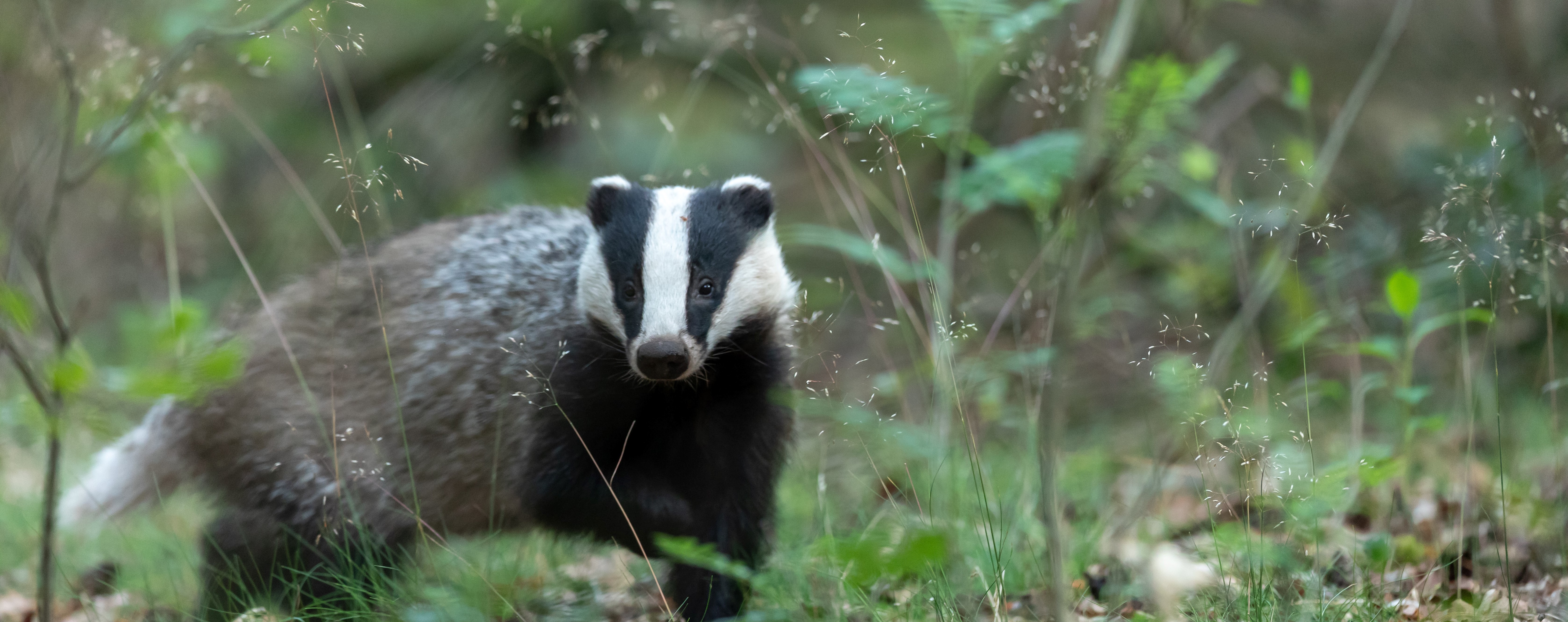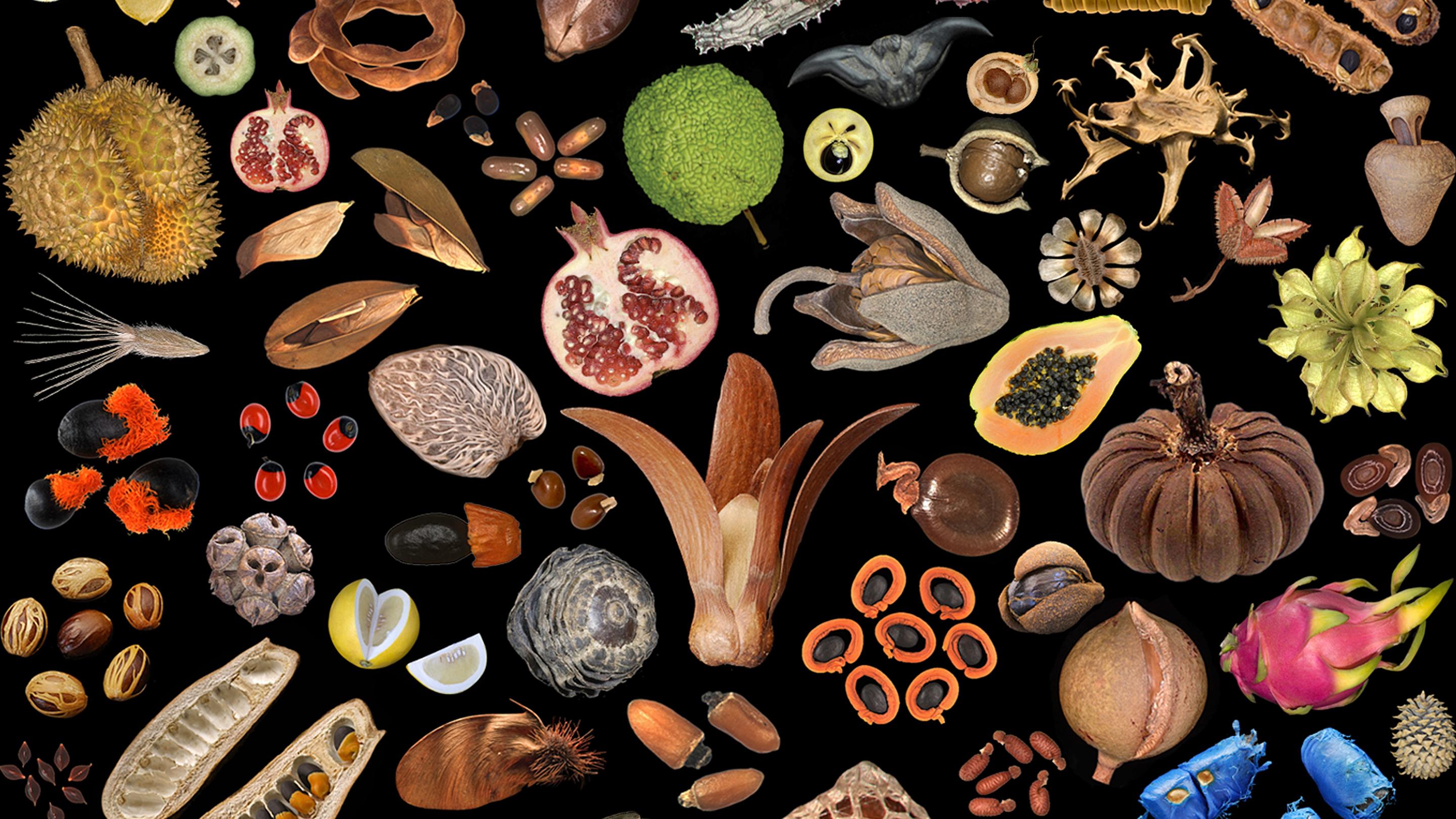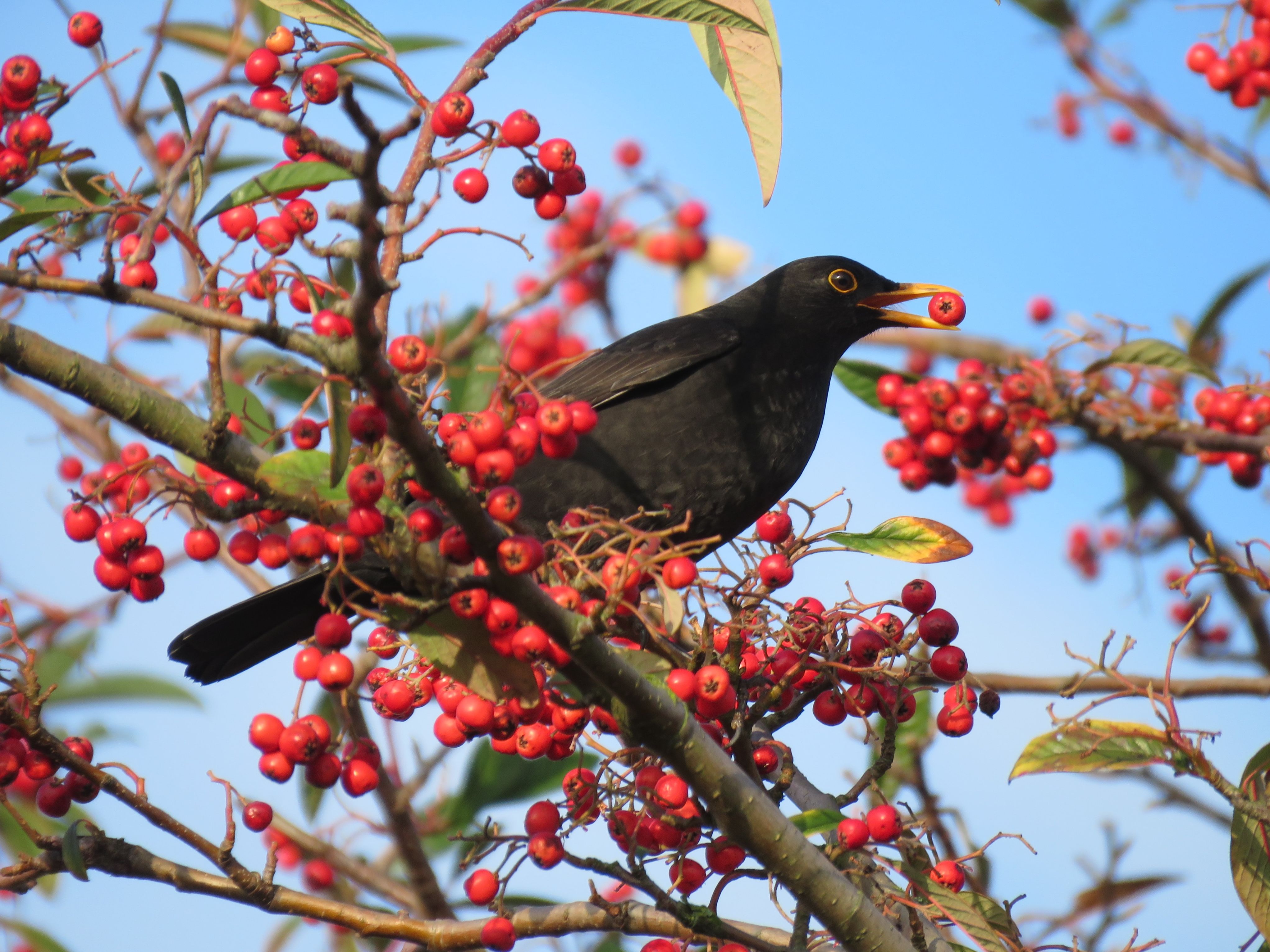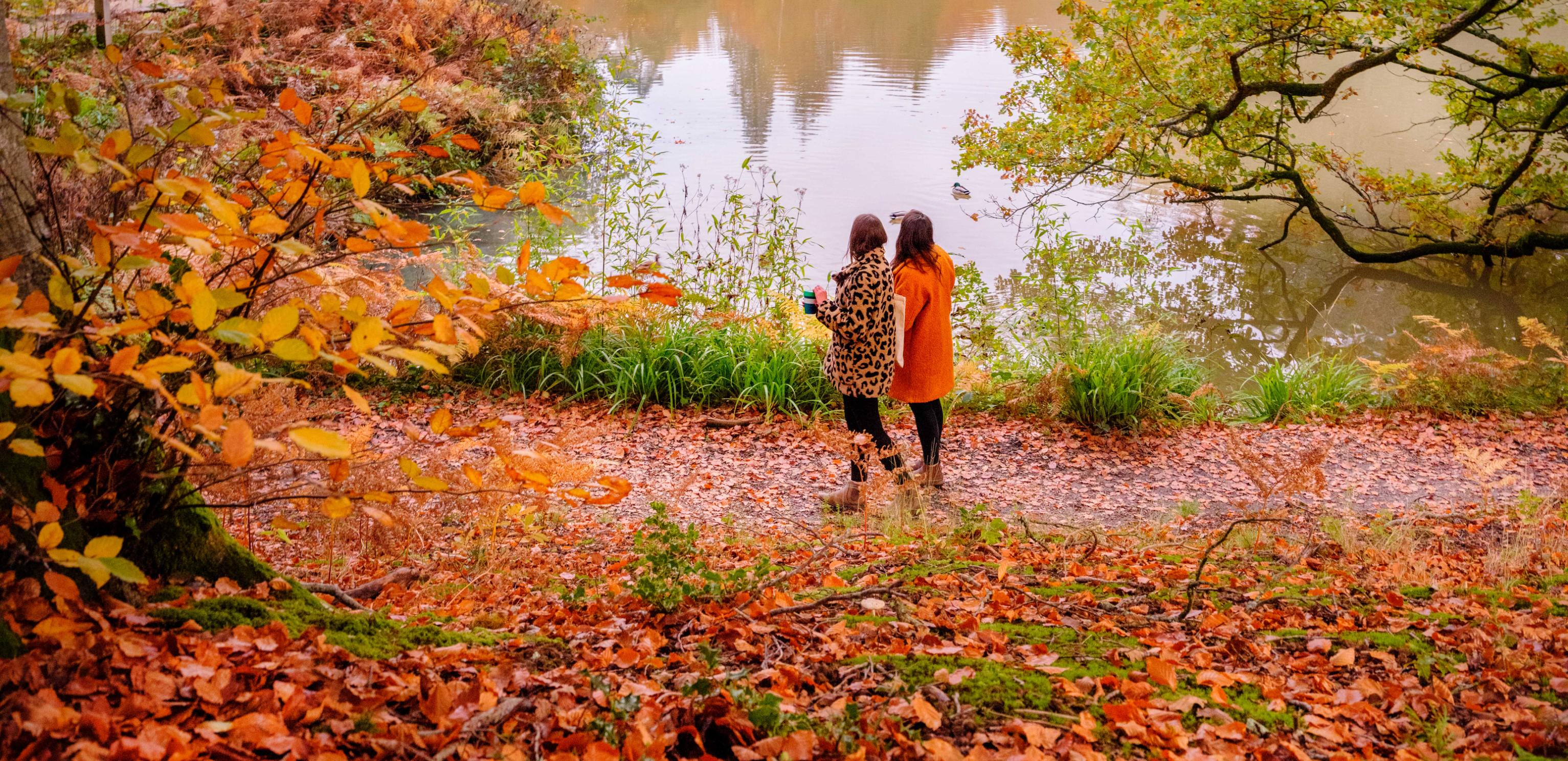What Seeds Need To Be Eaten By Animals To Grow
Plants can't option themselves up and move effectually, then they often need a piddling assist when it comes to spreading their seeds.
Wind, water, gravity, ballistic (where the seeds are ejected by forceful and often explosive mechanisms) and animals are the chief ways seeds are dispersed.
For many different plant species, dispersal increases chances of survival equally the seeds are transported to more favourable environments for growth.
Plants to poo
Ane of the significant ways that animals disperse plant seeds is by eating and pooing them out.
Certain plant species, including many copse, enclose their seeds inside fleshy edible fruits that are highly-seasoned to hungry animals.
These fruit-loving animals are chosen frugivores.
'Fleshy fruits are usually dispersed by beast ingestion,' Kew Research Swain Dr Si-Chong Chen says. 'Animals gulp down the fruits without chewing the seeds, digest the fleshy pulp and defecate the seeds.'
This ingestion process of dispersal is known every bit endozoochory.

The plants hitchhiking a ride
'Plants hitchhike and employ animals equally their costless "bus" for seed dispersal,' Si-Chong says.
Many tree species that produce fleshy fruits brand employ of seed dispersal through fauna poo.
'Still, we should not neglect the fact that seeds of many plant species with dry fruits may survive animal digestive tracts and are dispersed in fauna faeces,' Si-Chong explains.
'To be able to survive the digestive tracts of the animals ingesting information technology, the seed has to have some form of strong protection, such as a seed coat resisting digestion.'


The seed-pooing animals
So which fauna species help disperse seeds in this way?
All major groups of vertebrates, including mammals, birds, reptiles and fish, are involved.
Even well-known carnivores such as wolves occasionally eat seeds and other establish fabric.
Large-bodied frugivores, like tapirs, cassowaries and elephants, are of import seed dispersers.
'But if nosotros zoom in to item regions, some local animals can exist and then important to the keystone species (species which take a large impact on their natural surround and significantly affect a loftier number of other organisms) in seed dispersal, such every bit many species of birds, bats and primates,' Si-Chong says.
'Also, large grazers, such as cattle and horses, mow the grass mainly for institute leaves and unintentionally ingest a big number of seeds.'
When an animal chews the seeds rather than swallow them whole, dispersal fails equally the seeds are killed.

In our native woodlands, badgers assistance spread the seeds of yew trees (Taxus baccata) to more open areas in their poo.
These black-and-white creatures swallow the yew berries but merely digest the fruit pulp, leaving the seeds to laissez passer through their digestive system intact and grow into new trees.
Did you know? Yew berry seeds are poisonous to humans and nigh mammals, but the fruit'due south bright ruby-red colour helps badgers and other suitable woodland creatures notice and eat them.
Some invertebrates that are big plenty to consume seeds, similar crickets, slugs and snails, may ingest and disperse them, but this is not common.

Double dispersal
Sometimes seeds laissez passer through not just 1 animal just two!
Secondary seed dispersal happens when a predator devours another animal that has eaten the seeds, such every bit birds of prey that feed on small seed-eating lizards.
This increases the distance the seeds are carried before they are finally deposited. But the seeds have to exist tough enough to survive digestive tracts, twice over.

Benefits of poo dispersal
The well-nigh important benefit of seed dispersal through brute poo is distance.
'Plants cannot movement, so they hitchhike by spores, pollen and seeds,' Si-Chong says. 'The "bus" can be air current, h2o, animals and so on.
'Hitchhiking in animal digestive tracts tin can bring them to more often than not long distances. This is also why large-bodied animals are important seed dispersers – they eat a lot and travel far!'
Why does distance thing?
Being dispersed further abroad from the parent plants ways the seeds are carried to an surround with less competition with parents and siblings, amend lite atmospheric condition, abstention of predators and pathogens, and an opportunity to colonise new habitats.
Some other positive is that some seeds get higher germination rates after going through digestive tracts considering digestion removes the physical layers or chemical compounds that inhibit seed germination.

Challenges and amercement
Seed dispersal through animal poo is divers as a form of allochory, pregnant the found relies on external entities for dispersal.
This is opposed to autochory, when dispersal is achieved by the plant'due south own ways.
Dispersal by poo relies on the survival of the seed-ingesting animals inside the ecosystem.
Another challenge these plants face is the possibility that the seeds won't survive the physical and chemical procedure of digestion.
Though there may be challenges, these clever plants continue to use their hitchhiking skills to migrate and flourish.
Source: https://www.kew.org/read-and-watch/plant-seed-dispersal-animal-poo
Posted by: kiddmembech.blogspot.com


0 Response to "What Seeds Need To Be Eaten By Animals To Grow"
Post a Comment